The best outdoor security camera is one that combines high-resolution video (at least 2K), intelligent AI-powered motion detection, and exceptional night vision capabilities. Essential features to look for include robust weatherproofing (IP66 rated), flexible power options such as wired or battery, and dual storage solutions that offer both local SD card and secure cloud access. A top-tier camera should also incorporate active deterrents like a built-in spotlight and siren to proactively protect your property.

Table of Contents
What Key Features Define a Superior Outdoor Security Camera?
Selecting the right outdoor security camera involves understanding the core technologies that deliver reliable and clear surveillance. These features work together to provide a comprehensive security solution, ensuring you capture every important detail, day or night, and in any weather condition. Focusing on these foundational elements is the first step toward securing your home’s perimeter effectively.
How Important is Video Resolution and Clarity?
Video resolution is one of the most critical factors in a security camera’s effectiveness. It determines the level of detail you can see in the footage, which is vital for identifying faces, license plates, or specific activities. While 1080p (Full HD) was once the standard, modern cameras have raised the bar. A resolution of 2K (approximately 4 megapixels) or higher is now recommended for outdoor surveillance. This significant increase in pixel density provides a much sharper, clearer image, allowing you to zoom in on distant objects without the picture becoming overly pixelated.
Higher resolution directly translates to more useful evidence. A crisp 2K, 2.5K, or even 4K image can be the difference between a blurry, unidentifiable figure and a clear shot of a potential intruder.
For instance, the Botslab 3-in-1 Security Bundle provides comprehensive coverage through multiple high-resolution devices: the Botslab W510 4-Camera Kit delivers stunning 4K HDR video, the Botslab R811S Video Doorbell offers 2.5K HDR resolution, and the Botslab G980H Pro 4K Dash Cam features front 4K coverage. This ultimate capture of crucial detail is indispensable for both real-time monitoring and post-incident review.

Which Power Source is Right for You: Wired, Battery, or Solar?
The way your camera receives power impacts its installation, placement flexibility, and reliability. There are three primary options, each with distinct advantages and disadvantages. Choosing the right one depends on your property’s layout and your specific security needs.
A wired camera offers the most consistent and reliable power source, eliminating concerns about battery life. It is ideal for monitoring critical entry points where continuous recording is non-negotiable. However, installation can be more complex, often requiring drilling and proximity to a power outlet. Battery-powered cameras provide maximum flexibility, allowing you to place them virtually anywhere without worrying about cables. While convenient, they require periodic recharging. Solar-powered cameras offer a sustainable compromise, using a small solar panel to continuously charge the battery, making them excellent for locations with ample sunlight but no nearby power source.
| Power Source | Pros | Cons | Best For |
|---|---|---|---|
| Wired | Continuous power, maximum reliability, often supports 24/7 recording. | Limited placement, more complex installation. | Key entryways like front doors and garage driveways. |
| Battery | Extremely easy to install, highly flexible placement. | Requires periodic recharging, may not be ideal for high-traffic areas. | Areas without easy access to power outlets, quick setups. |
| Solar | Self-sustaining, low maintenance, eco-friendly. | Dependent on sunlight, initial cost may be higher. | Open areas with direct sun exposure, remote parts of a property. |
What Should You Know About Night Vision Capabilities?
A security camera must perform just as well after dark. Night vision technology is essential for 24/7 protection. Traditional security cameras use infrared (IR) LEDs to illuminate the area with light that is invisible to the human eye. This produces a clear black-and-white image, allowing you to see objects and movement in complete darkness.
However, a more advanced option is color night vision. This technology uses highly sensitive image sensors and sometimes a built-in, motion-activated spotlight to capture footage in full color at night. The ability to see colors can provide crucial details, such as the color of a person’s clothing or a vehicle. High-end cameras, like those from Botslab, often feature advanced color night vision, turning a dark, uncertain scene into a clear and informative video record.
Why Does Smart AI Detection Matter?
Older motion detection systems would trigger an alert for any movement, from swaying branches to passing cars, leading to a flood of false notifications. Modern cameras leverage Artificial Intelligence (AI) to provide far more accurate and meaningful alerts. On-device or cloud-based AI algorithms can differentiate between various objects.
This intelligent detection means the camera can specifically identify people, vehicles, and even pets. You can customize your notifications to only be alerted when a person approaches your door, not when a cat wanders through your yard. This significantly reduces notification fatigue and ensures you only pay attention to the events that truly matter. The sophisticated AI in Botslab cameras, for example, provides this precise level of detection, making your home security smarter and less intrusive.
How Do You Choose the Right Camera for Your Property?
Beyond the core technology, the physical characteristics and capabilities of a camera determine how well it can monitor your specific environment. Factors like viewing angle, the ability to move the lens, and its durability against the elements are all practical considerations that have a major impact on performance.
What is a Field of View and Why Does it Matter?
The Field of View (FoV), measured in degrees, describes the width of the area a camera can capture. A wider FoV means the camera can see more of your property with a single lens, potentially reducing the number of cameras you need. For monitoring broad areas like a backyard or a long driveway, a camera with a wide-angle lens (130 degrees or more) is highly beneficial.
However, an extremely wide FoV can sometimes cause a "fisheye" effect, distorting the edges of the image. The key is to find a balance that provides comprehensive coverage without sacrificing image quality. Consider the specific location where you plan to install the camera and choose an FoV that best suits that vantage point.
Do You Need a Camera with Pan, Tilt, and Zoom (PTZ)?
While a fixed camera monitors one specific area, a Pan-Tilt-Zoom (PTZ) camera offers dynamic surveillance capabilities. You can remotely control the camera to move horizontally (pan), vertically (tilt), and get a closer look at objects (zoom). This is incredibly useful for actively monitoring a large, open area in real-time.
Many advanced PTZ cameras also support automated tracking. When the camera's AI detects a person, it can automatically pan and tilt to follow their movement across the property, keeping them in the frame. This ensures you capture the entire event without any blind spots. For those who want comprehensive, active monitoring of large spaces, a PTZ camera is an invaluable tool.
How Crucial is Weather Resistance?
An outdoor camera is constantly exposed to the elements, including rain, snow, dust, and extreme temperatures. Its durability is non-negotiable. This is where IP (Ingress Protection) ratings come in. An IP rating consists of two numbers: the first indicates protection against solids (like dust), and the second indicates protection against liquids (like water).
For an outdoor security camera, you should look for a rating of at least IP65, which ensures it is dust-tight and can withstand water jets. An even better rating is IP66, which provides protection against powerful water jets, making it suitable for areas with heavy rainfall or harsh weather. This robust construction ensures your investment continues to function reliably for years, regardless of the climate.
What Are Your Options for Storing Video Footage?
Capturing high-quality video is only half the battle; you also need a secure and accessible place to store it. Your storage choice will affect your access to past events and may involve ongoing costs. Understanding the differences between local and cloud storage is key to finding the right fit for your budget and security needs.
Which is Better: Local Storage vs. Cloud Subscriptions?
Local storage typically involves a microSD card inserted directly into the camera. This method is a one-time purchase with no recurring fees. Your footage is stored securely on-site, giving you direct control and privacy. The main drawback is that if a thief steals or damages the camera, the footage may be lost with it. The storage capacity is also limited by the size of the card.
Cloud storage, on the other hand, uploads your video clips to a secure remote server. This means your footage is safe even if the camera is compromised. It also allows for easy access and sharing from any device, anywhere. Most cloud services require a monthly or annual subscription fee, which can vary based on the length of video history and the number of cameras. Many modern cameras, including those from Botslab, offer a hybrid approach, providing both local and cloud storage options so you can choose the method that best suits your needs.
Are There Security Cameras Without a Monthly Fee?
Yes, many excellent security cameras can be operated effectively without any mandatory monthly fees. Cameras that rely exclusively on local microSD card storage offer a complete security solution with only the upfront cost of the hardware. You can view the live feed, receive motion alerts, and review recorded footage directly from the camera’s app at no additional charge.
This approach is perfect for users who prioritize privacy and want to avoid recurring expenses. By choosing a camera with a large local storage capacity, you can keep weeks or even months of footage without paying for a subscription. While cloud storage offers added backup security, a camera that functions fully on local storage provides a powerful and cost-effective security solution.
What Advanced Features Enhance Home Security?
The best modern security cameras do more than just record video; they actively participate in protecting your home. Advanced features like built-in lights, sirens, and communication systems transform the camera from a passive observer into an active deterrent, helping to prevent incidents before they happen.
How Do Spotlights and Sirens Deter Intruders?
Active deterrents are designed to stop a potential intruder in their tracks. A motion-activated spotlight serves two purposes: it illuminates the area for clearer, full-color video recording at night, and its sudden brightness can startle and scare away an unwanted visitor. They know they are being recorded.
A built-in siren adds another layer of deterrence. When the camera detects a person in a restricted area or during certain hours, you can trigger a loud alarm remotely from your phone, or set it to go off automatically. This loud noise draws attention from neighbors and is often enough to make a trespasser flee immediately. Combining a spotlight and a siren creates a powerful and proactive security response.
Why is Two-Way Audio a Must-Have Feature?
Two-way audio, which includes a built-in microphone and speaker, enables you to communicate through your camera using a smartphone app. This feature has numerous practical applications. You can instruct a delivery driver on where to leave a package, greet welcome guests when you are not home, or verbally warn a suspicious person that they are on camera and being monitored.
This ability to interact in real-time adds a significant personal and immediate element to your home security. It is a simple yet incredibly effective tool for managing visitors and deterring potential threats without direct confrontation.



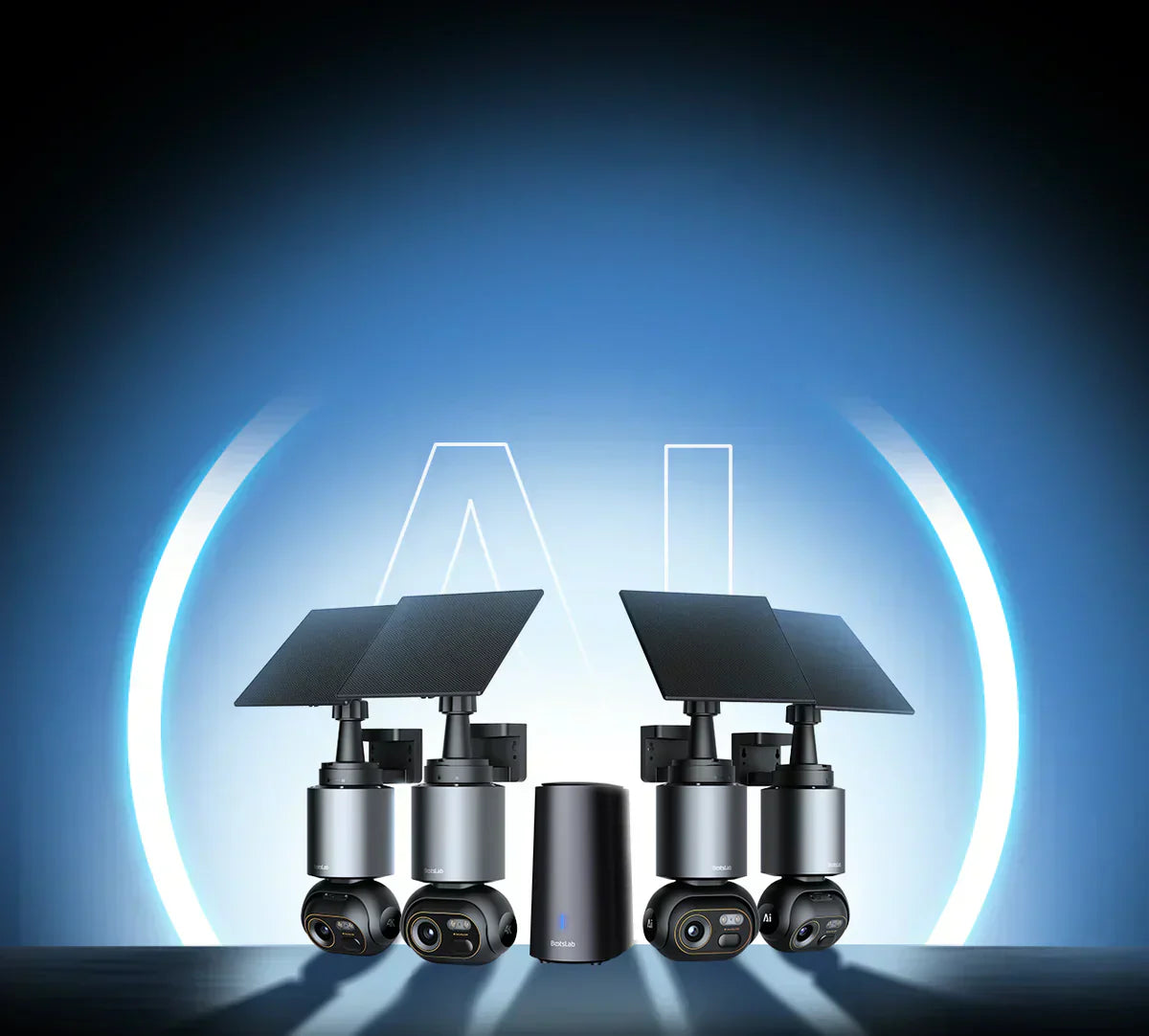
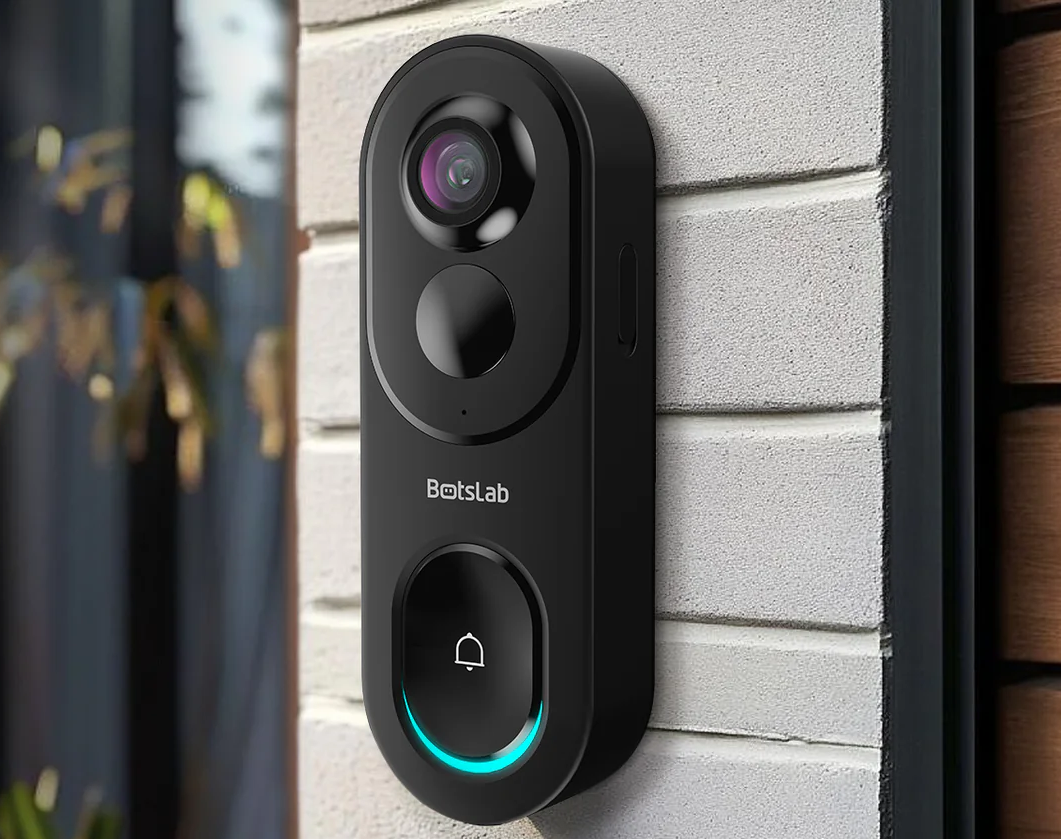



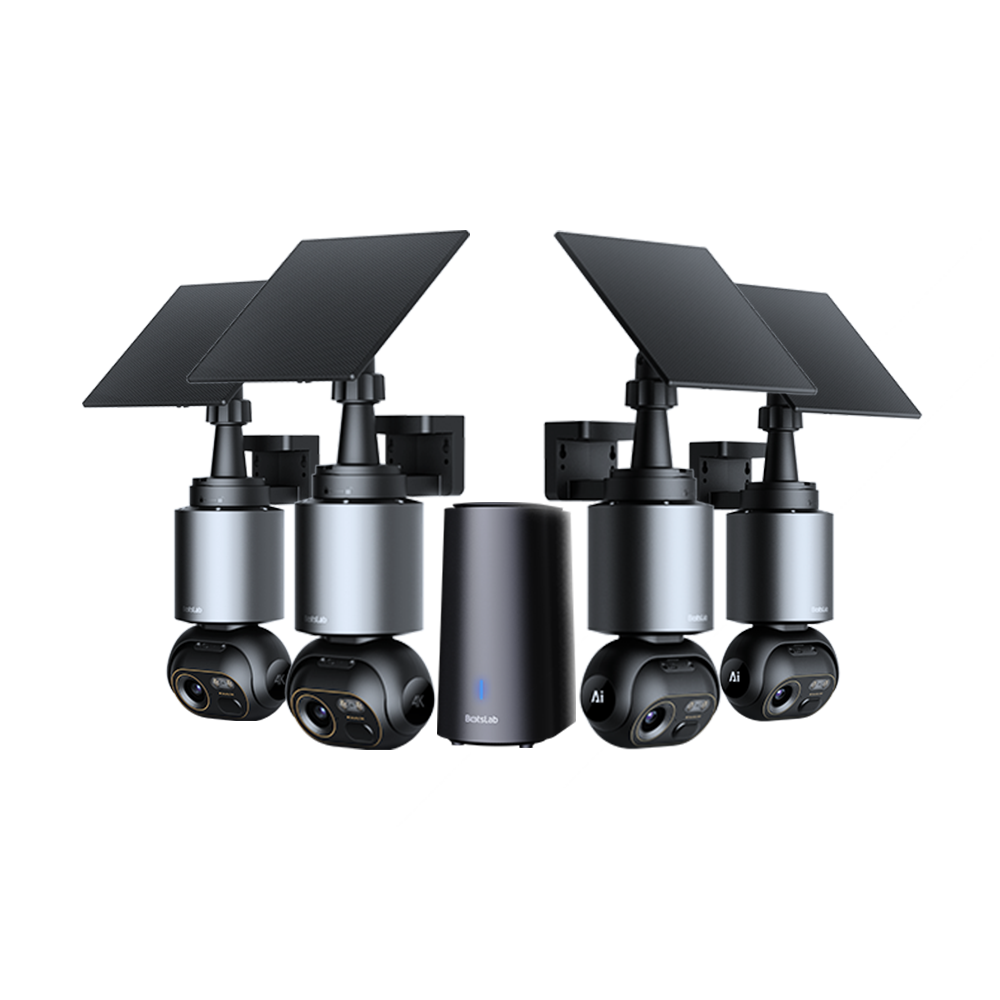




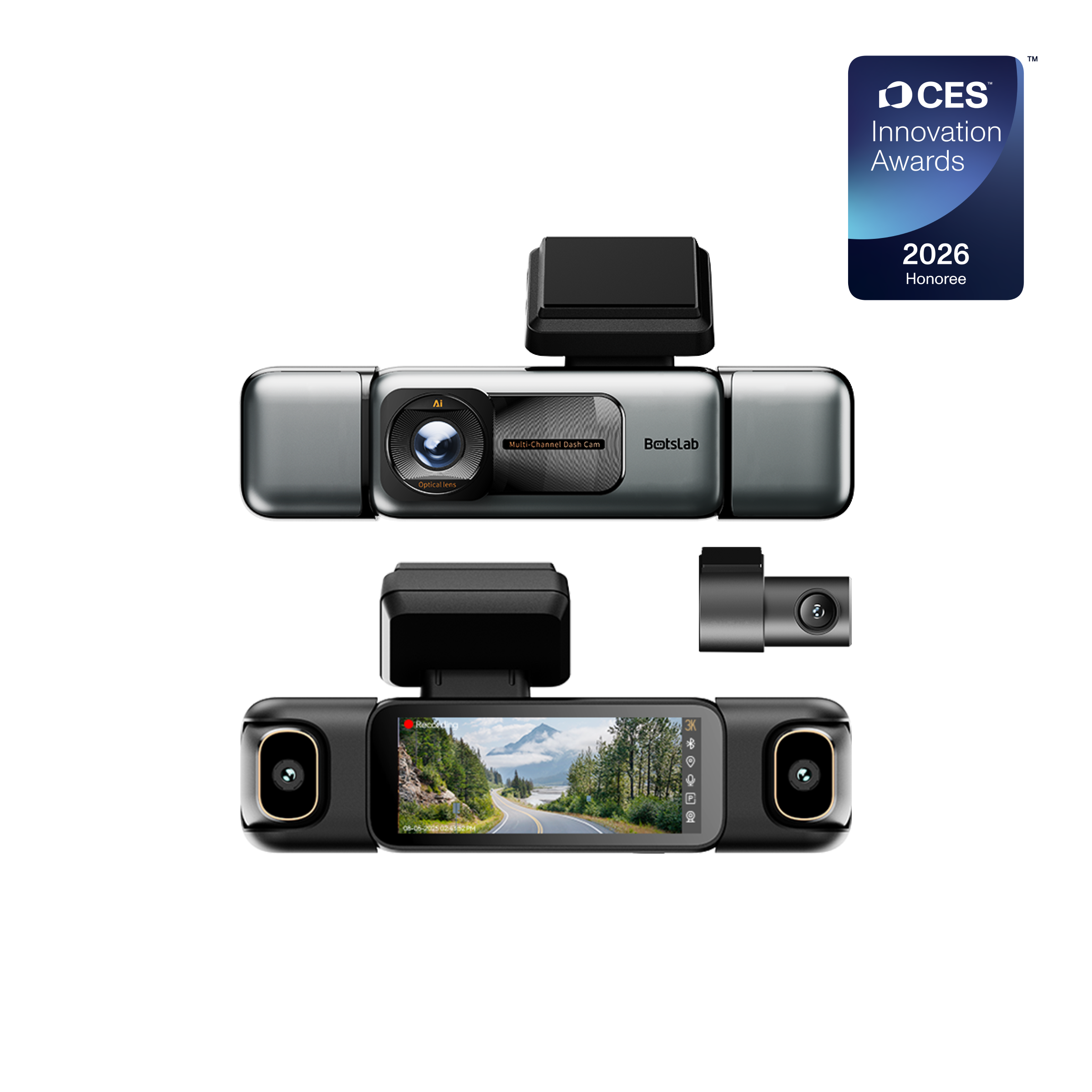
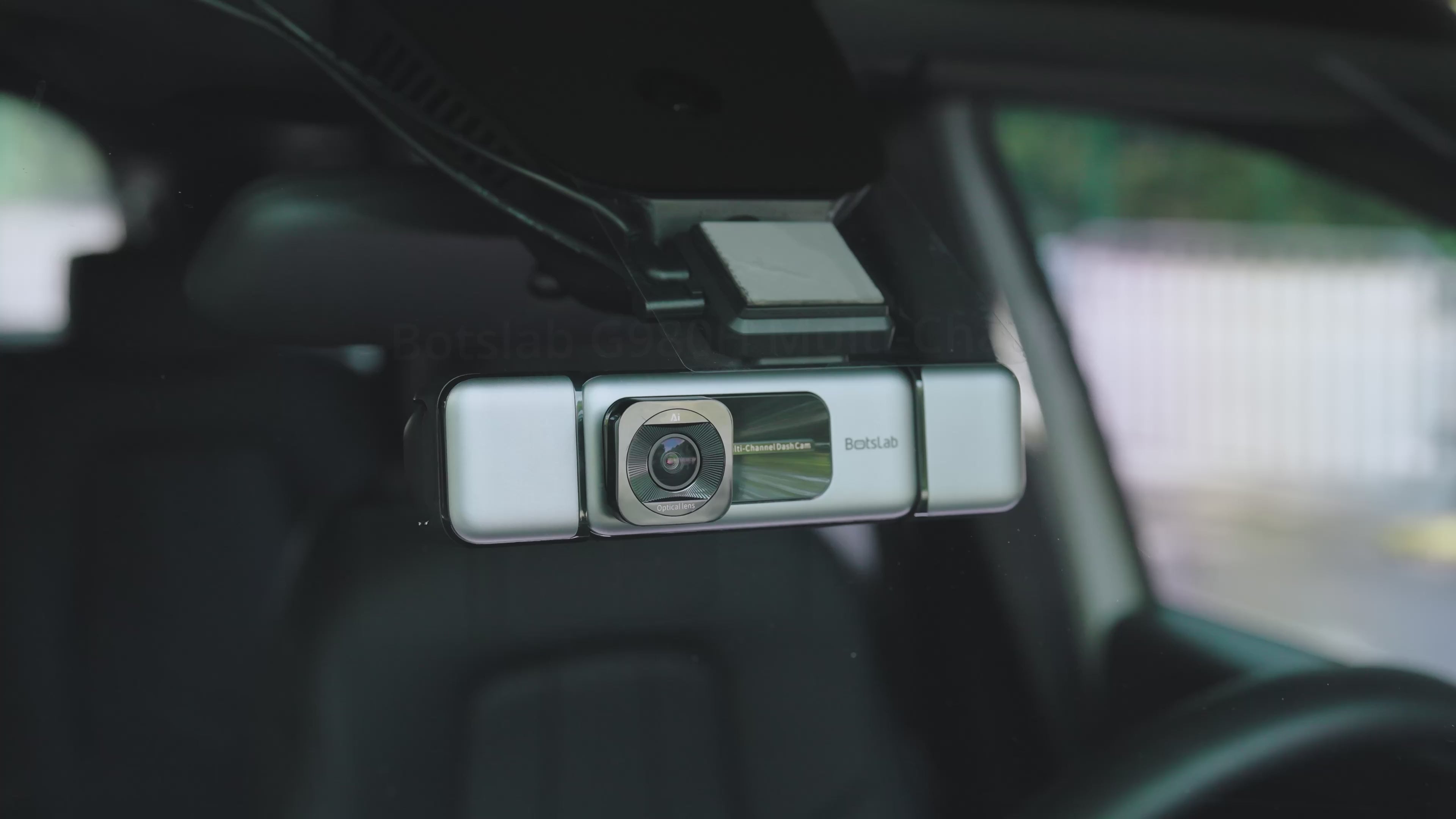
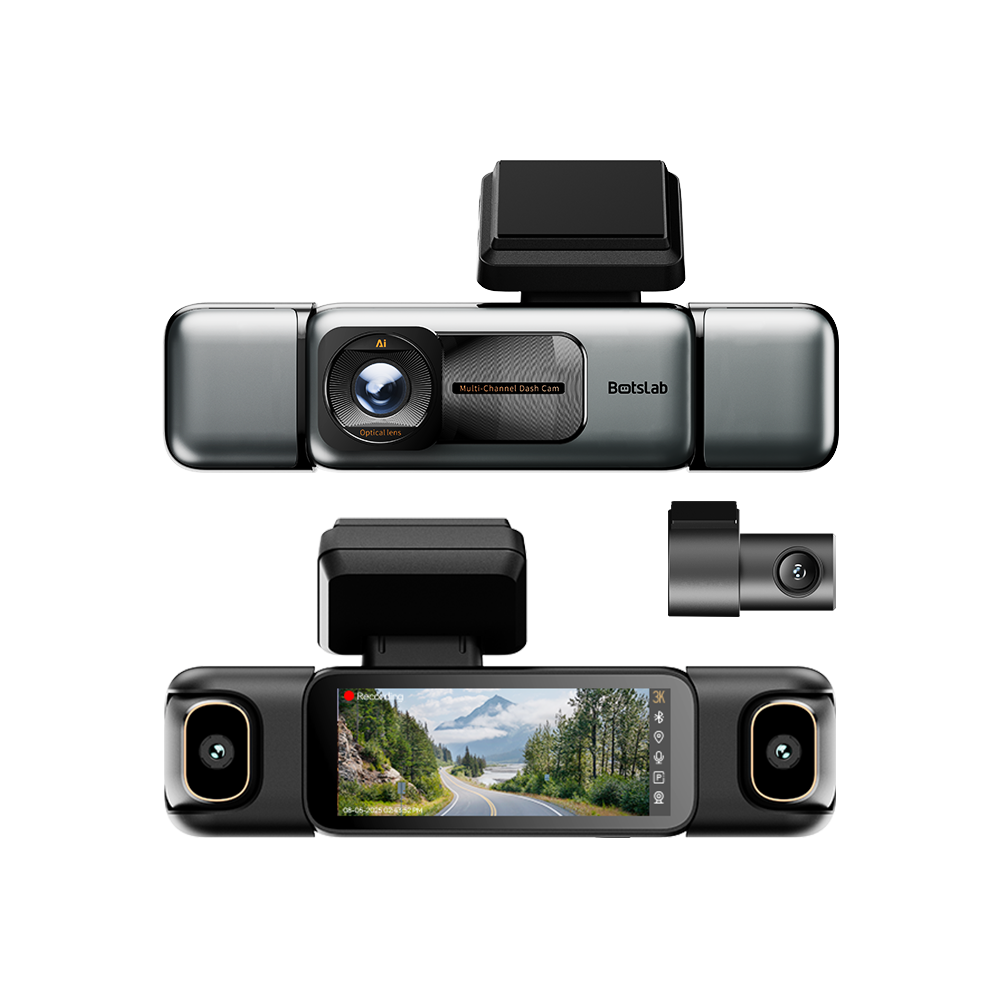
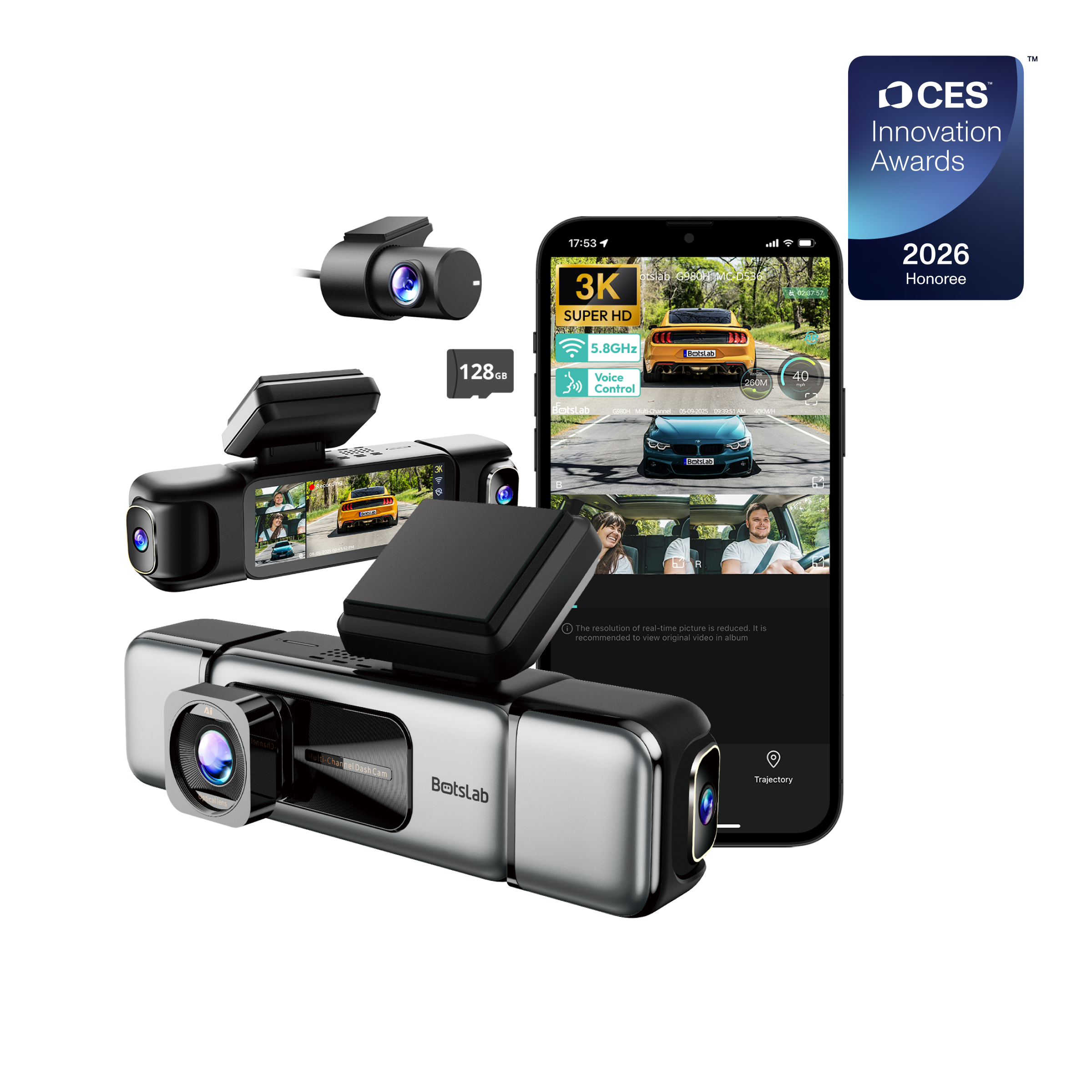
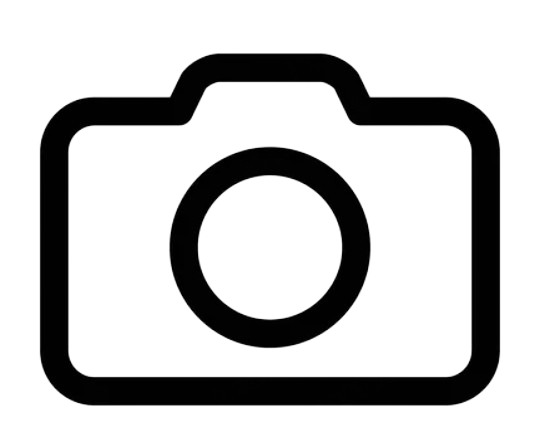




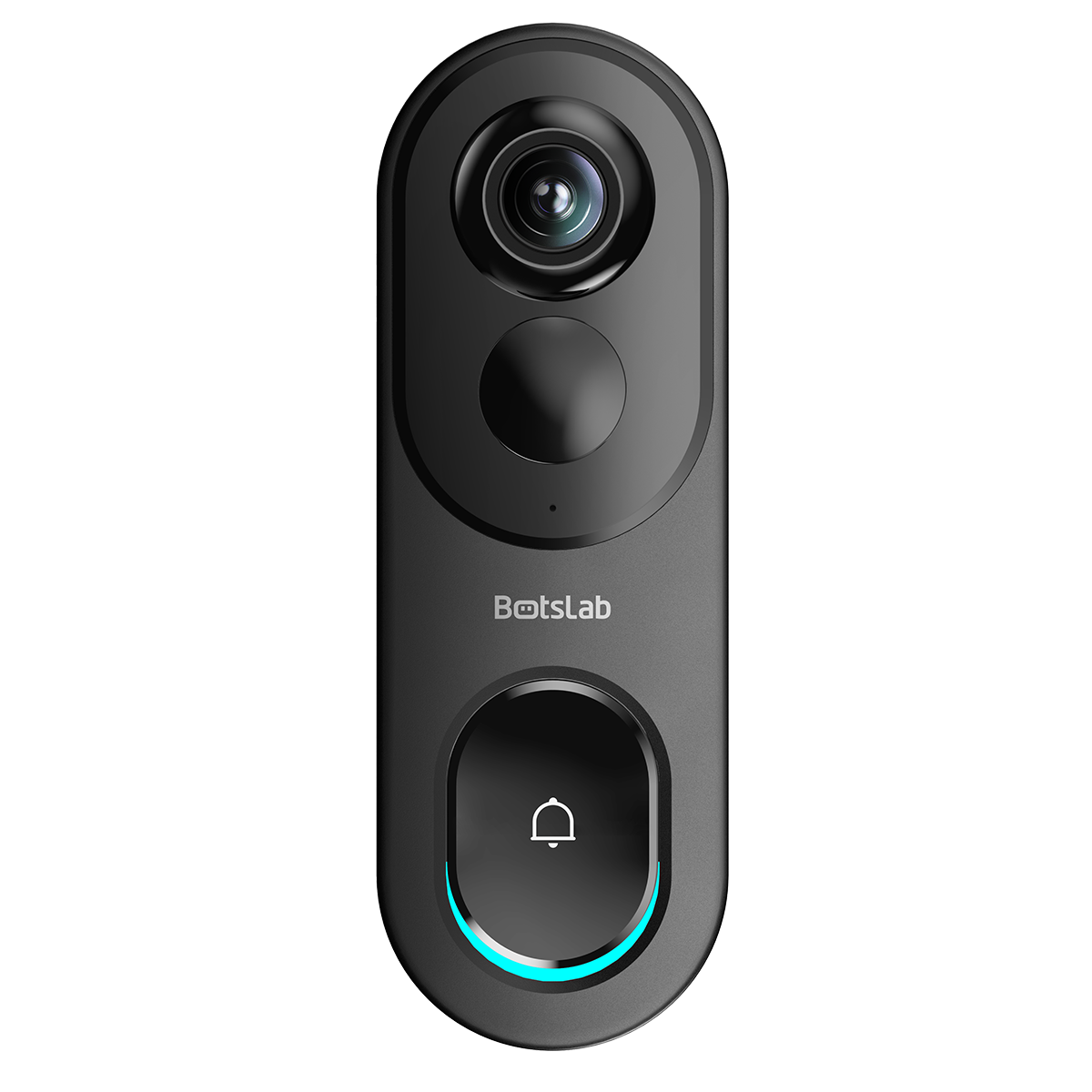




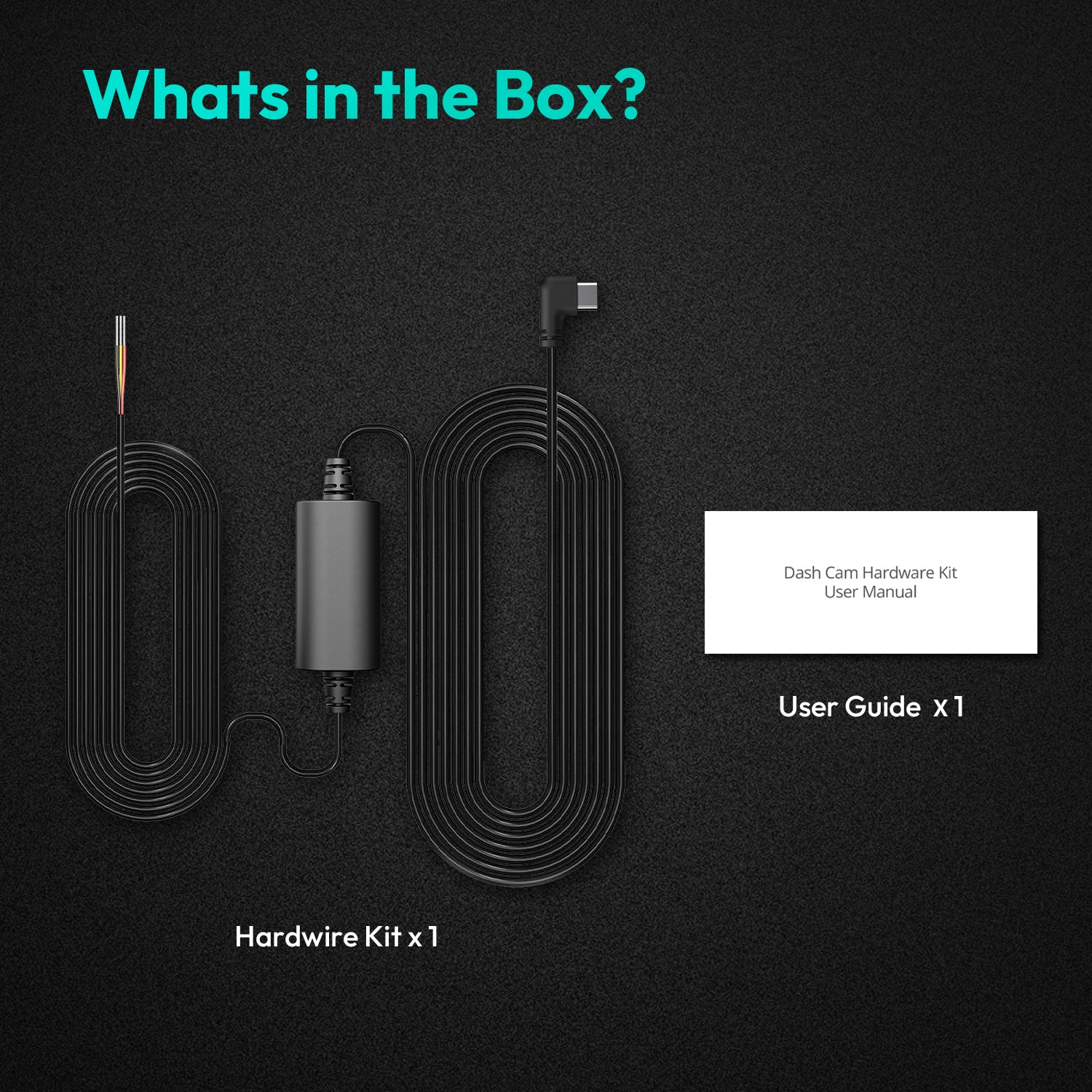
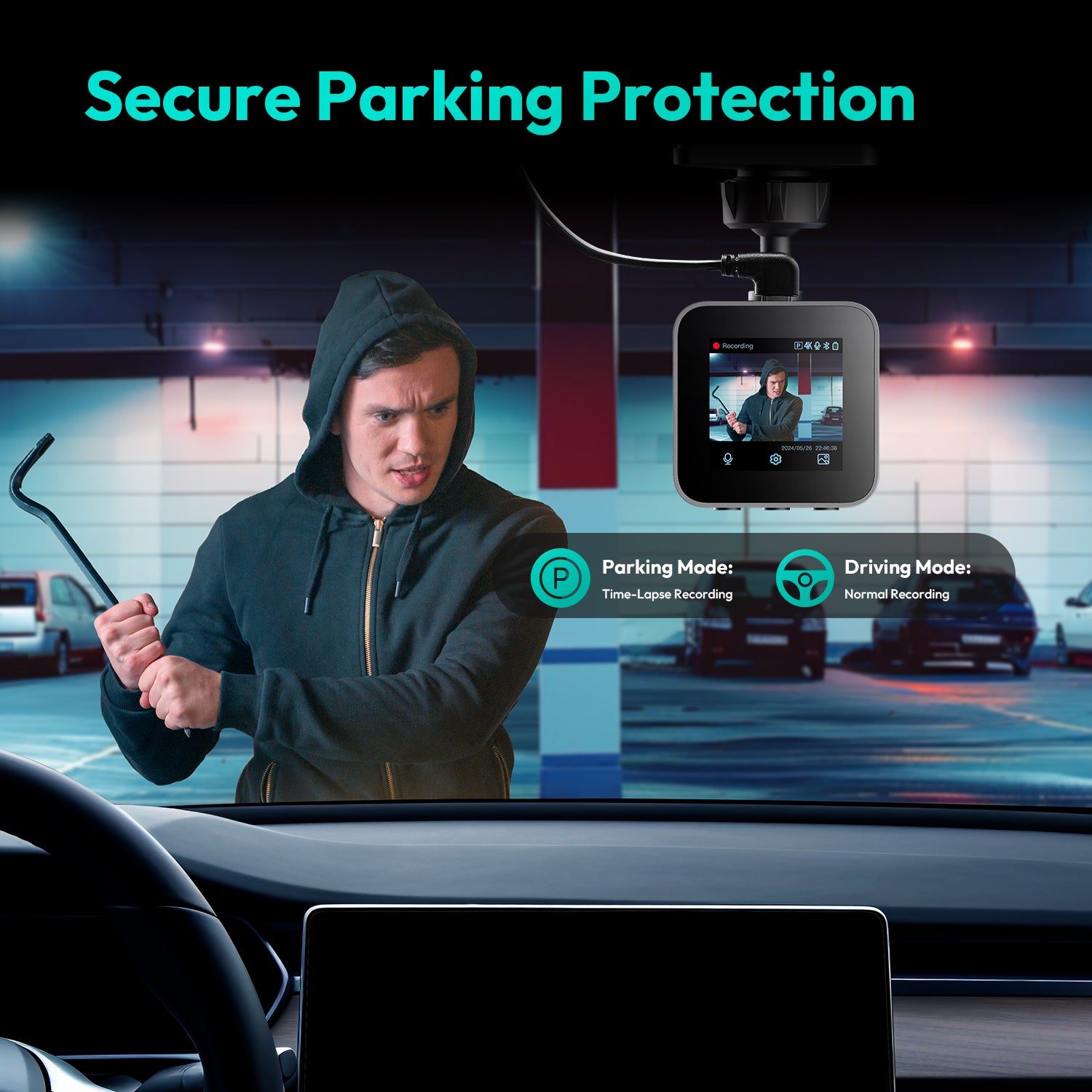
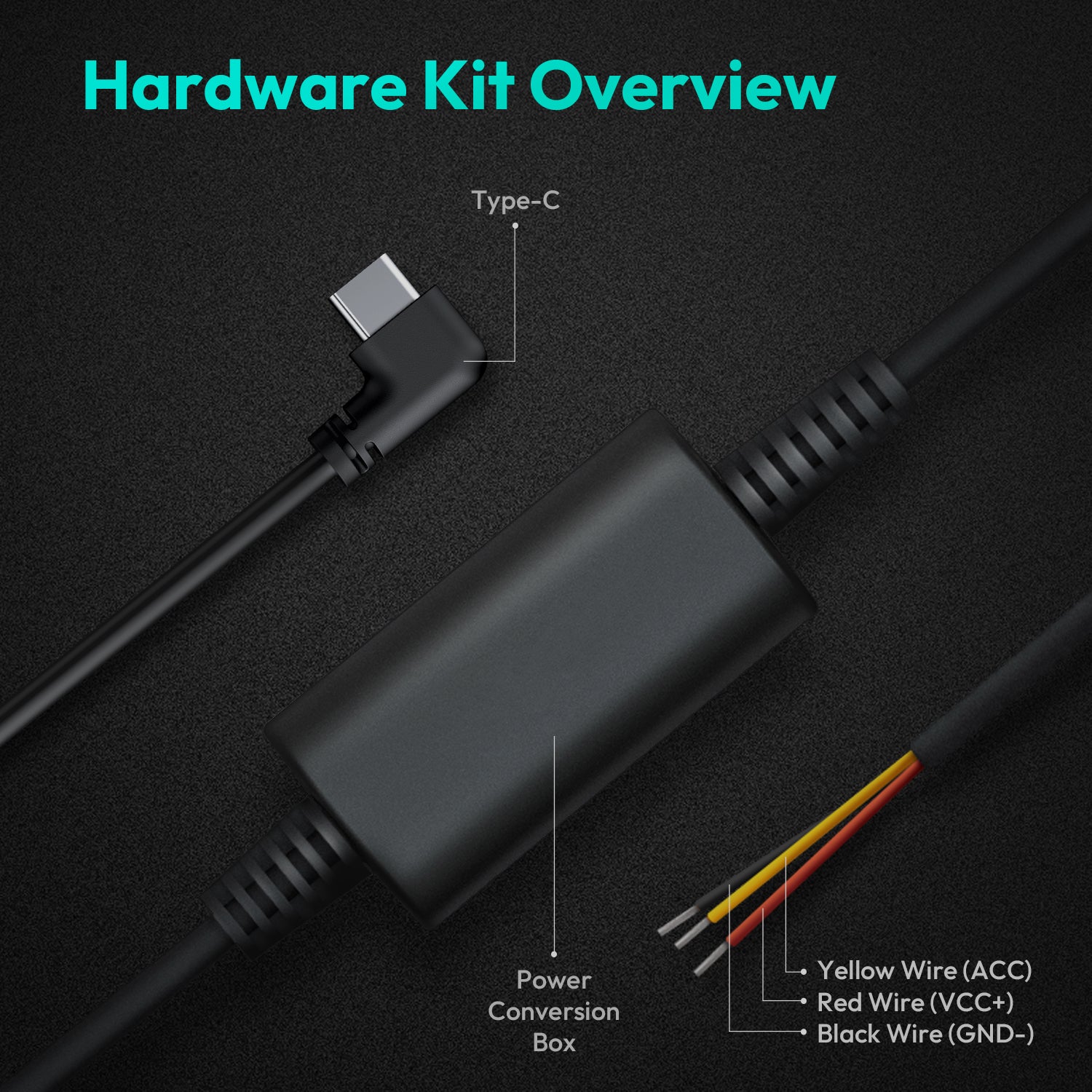
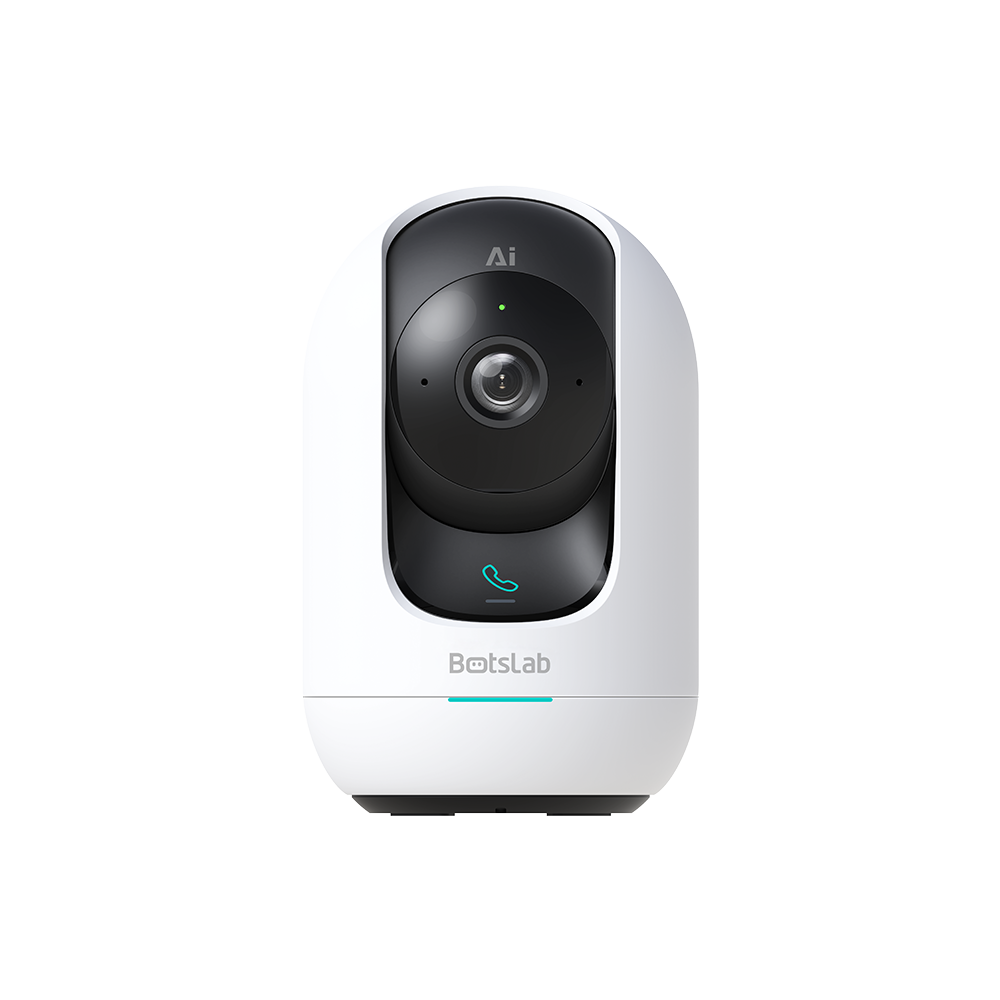


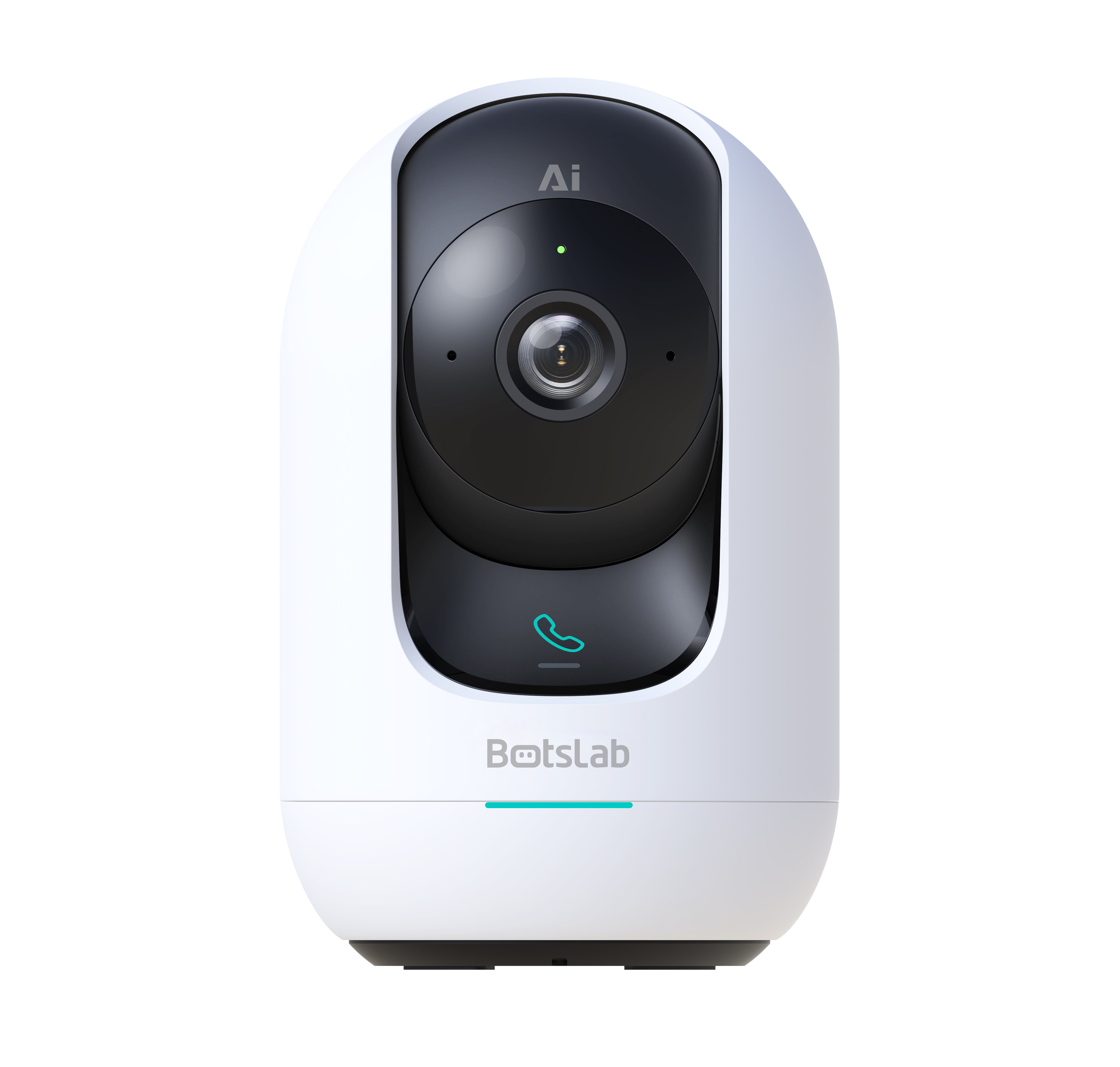

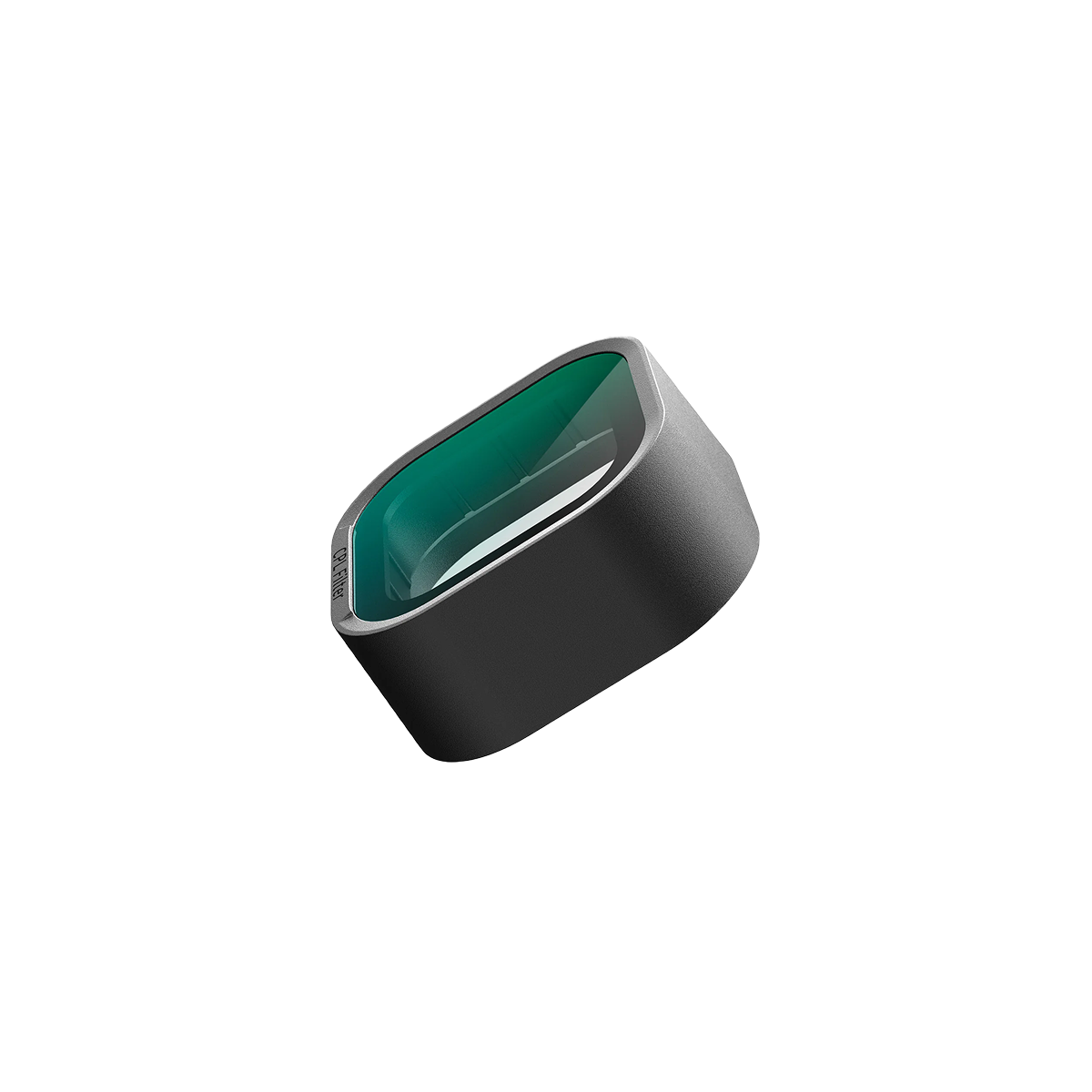


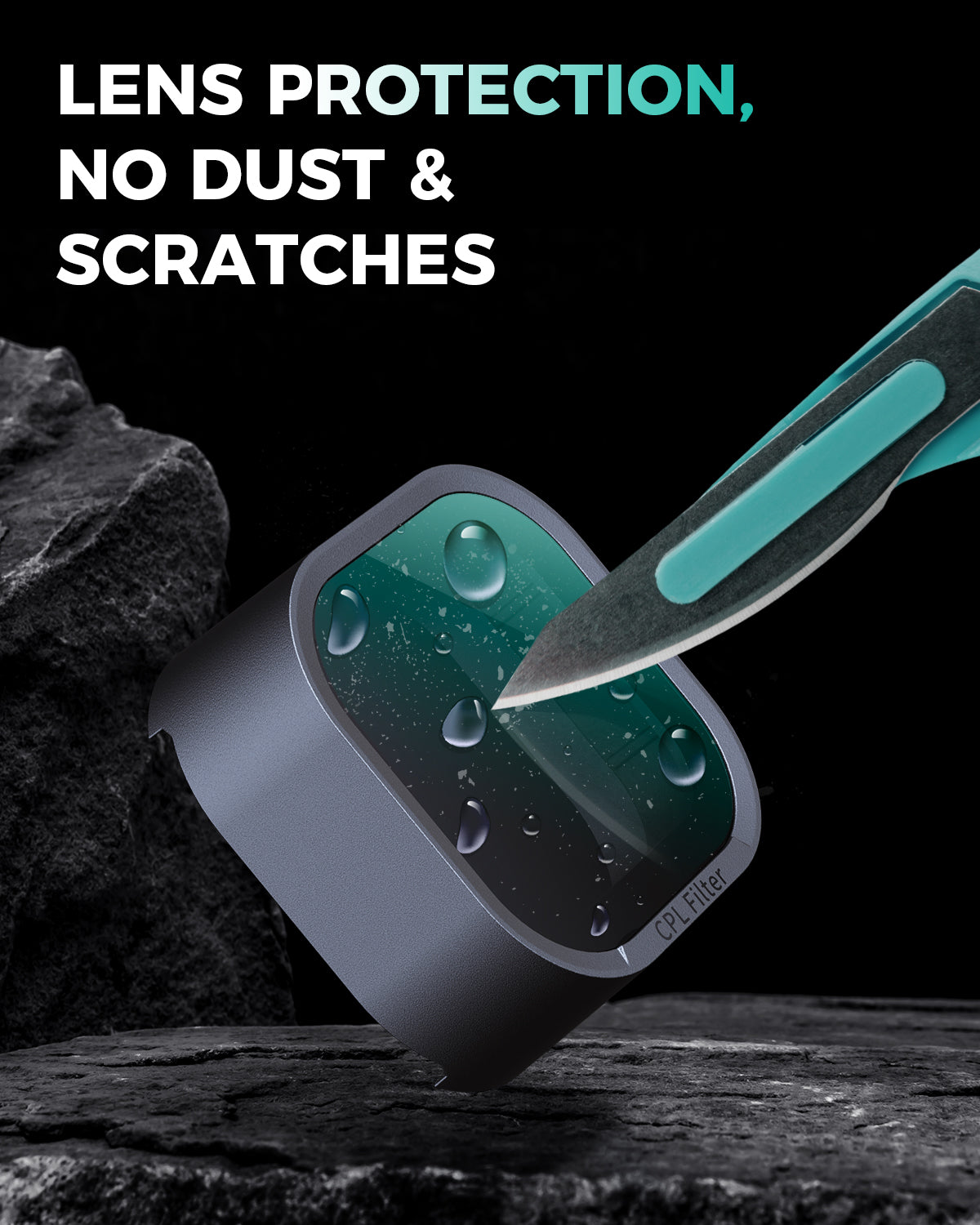
Share:
Do Dash Cams Automatically Delete Recordings? Understanding Loop Recording
How Much is a Dash Cam For Your Car? A Complete Price Breakdown